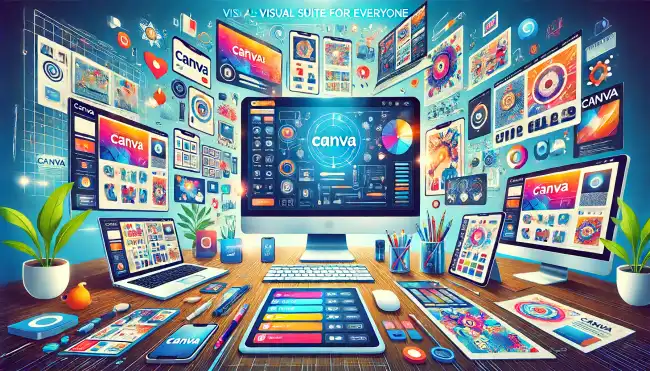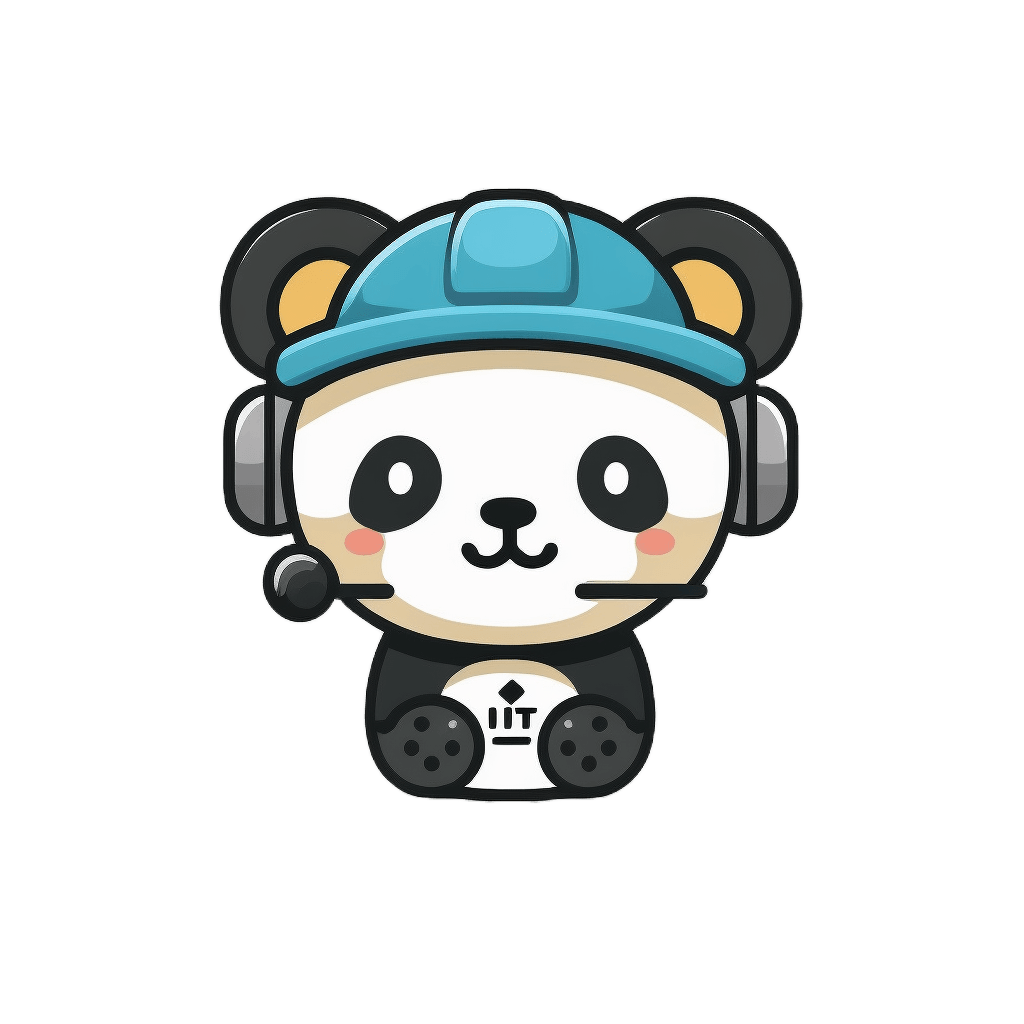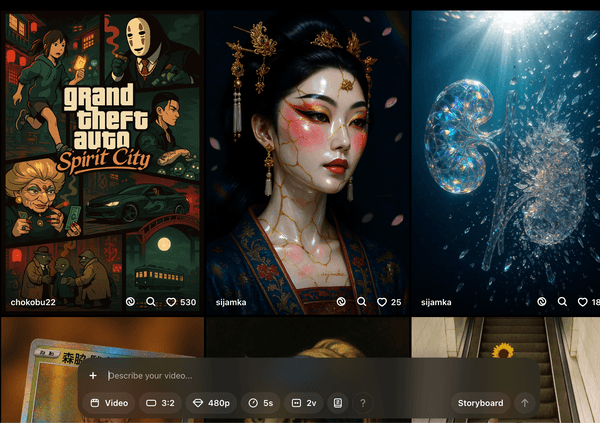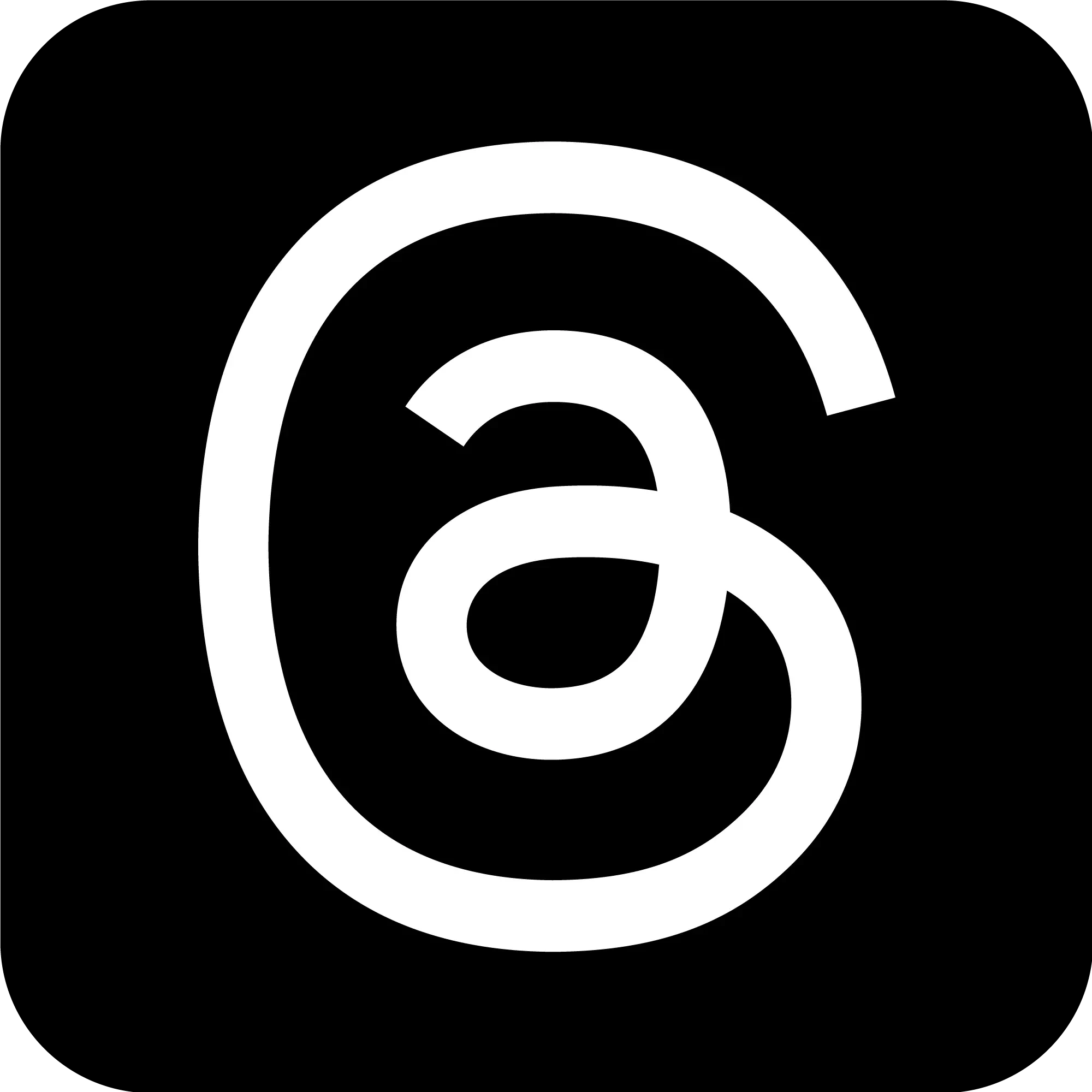Everywhere is Canva - The Hottest Design Tool
Founded in 2012 by Melanie Perkins, Cliff Obrecht, and Cameron Adams, Canva aimed to make creating visual content as easy as creating a document in Microsoft Wor
6/18/2024

In our increasingly digital world, the ability to create eye-catching, professional-grade visuals is no longer a luxury but a necessity, especially for small businesses and entrepreneurs. Enter Canva, the Australian graphic design startup that has revolutionized the way we create and consume visual content. However, with its growing ubiquity, one has to wonder: is Canva's standardized approach to design stifling individual creativity and uniqueness?
According to Joan Westenberg, Canva's mission is simple but ambitious: to "empower the world to design." It provides a platform that allows anyone to create professional-grade designs using an intuitive drag-and-drop interface and a vast library of templates, stock photos, illustrations, and fonts. Today, Canva boasts around 170 million monthly active users across 190 countries, collectively creating over 20 billion designs.
However, Westenberg also points out an unintended consequence of Canva's success: the dulling of creativity into a uniform "Canva aesthetic." Because the platform makes design so accessible, many users rely heavily on Canva's most popular templates and elements, resulting in a visual sameness. The issue here is not with Canva's design tools themselves, but with the way users tend to use them. Templates are useful as a starting point, but they aren't a substitute for intentional design choices guided by a clear brand strategy. For Canva users with little to no design experience, however, going beyond the template can be a daunting task.
This growing "Canva-ification" of design is not just a theoretical concern. In a world where standing out in the ceaseless torrent of social media posts can determine a small business's success or failure, a unique visual identity is more important than ever. If every Canva-created competitor looks eerily similar, how can you differentiate your brand?
But it's not all doom and gloom. Canva is not resting on its laurels, and it continues to evolve to meet the needs of its diverse user base. As reported by The Verge, Canva is introducing a slew of updates aimed at making its design ecosystem more attractive to professional teams and workspaces. The company has redesigned the platform to make new and existing editing tools easier to find and announced a specialized tier for Enterprises that provides more control over collaboration, brand management, and security for larger organizations.
The takeaway here is that Canva is a powerful tool that has democratized design, making it accessible to anyone with an internet connection. However, as with any tool, its effectiveness depends on how it's used. For small business owners and entrepreneurs, Canva can be a game-changer, but only if they use it as a starting point for their creative journey, not the destination.
So, the next time you open Canva to create a new design, challenge yourself to go beyond the template. Experiment with different elements, play around with colors and fonts, and most importantly, infuse your designs with your unique brand personality. Remember, Canva is just a tool; you are the designer.




